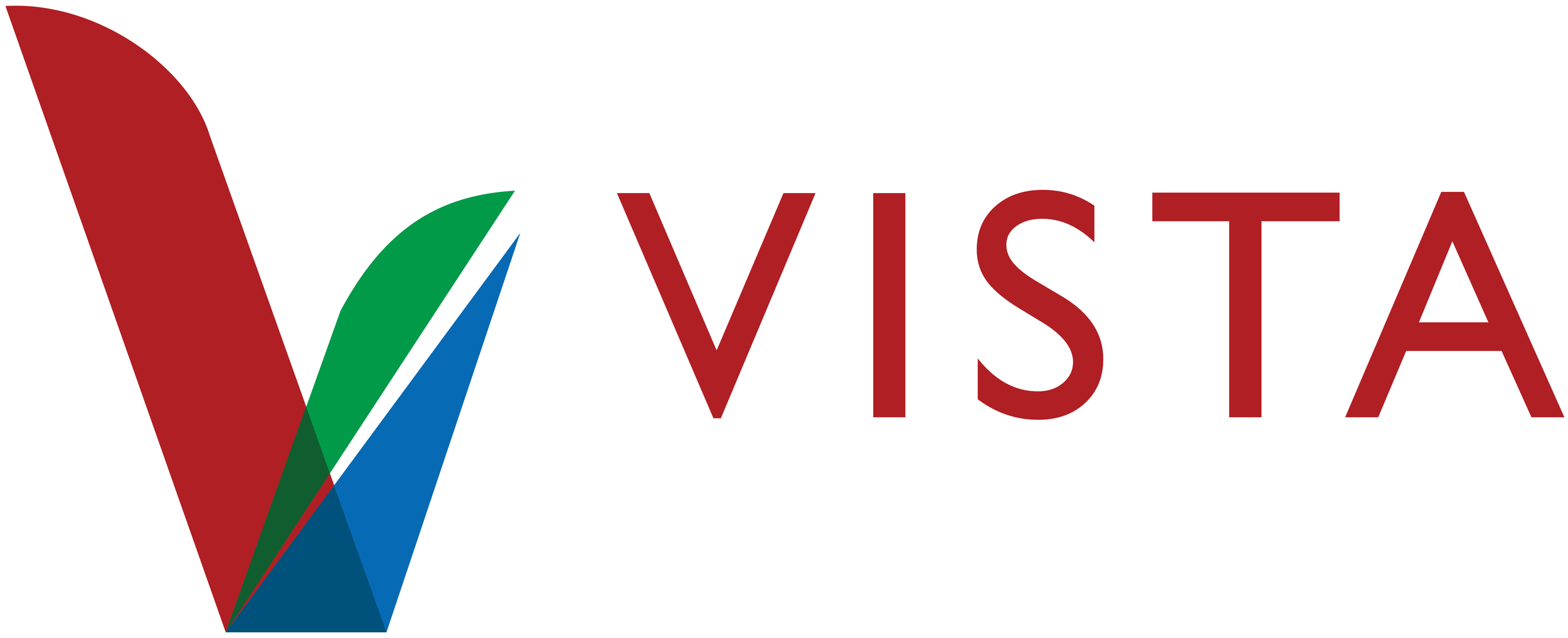The Cross over Europe: North East (Salvic) Europe
One in three Europeans belongs to a Slavic people group, by far Europe’s largest such grouping. The majority of these are Eastern Slavs in Russia, Belarus and Ukraine, though there are also Western Slavs in Poland, Czech Republic, Slovakia and (western) Ukraine, as well as a smaller number of Southern Slavs in the Balkans. Whilst these people share a common identity on one level, they are also sharply divided in terms of socio-cultural and religious identity.
Eastern Europe persists in being a highly religious region, especially amongst older generations. But whilst belief in the existence of God is strong, and the symbols and influence of Christianity are widespread, there is a great deal of nominal religion. Christianity is culturally strong here, but is often accompanied by limited personal belief and spiritual shallowness. Within the three Slavic blocs, there are very strong national religious identities: Eastern Slavs number some 200 million, the vast majority of whom identify themselves as Russian Orthodox. There are less than half as many Western Slavs, meanwhile, and this group are generally Roman Catholics. Southern Slavs are split between the two churches. Throughout the region overall, evangelicals number just 1%-2% of the population.
These religious differences preclude us from making too many generalisations about the Slavic region as a whole. However, there are some common features. Firstly, religion is widely tolerated, and often deeply entrenched, in the public sphere, in contrast to western Europe. In Russia and Belarus, for example, the Orthodox church can be seen to be legitimizing state power and in return the state confers certain privileges upon the church, including influence on lawmaking. Secondly, the Slavic countries are less economically developed than countries in western and central Europe, though with the admission of Poland, the Czech Republic and other countries into the EU, this gap is receding. Thirdly, these countries have been profoundly shaped by the legacy of communism, and western commentators perhaps underestimate the amount of influence this legacy has even today, even on those born after the dissolution of the Soviet Union in 1991.
As recent events in Ukraine have demonstrated, there are very significant divisions in some parts of eastern Europe, based on competing loyalties to Russia, on the one hand (and its nascent Customs Union), and to ‘the West’ on the other (with membership of the EU as the goal). Not surprisingly, these East vs. West loyalties are to a large extent synonymous with religious identity, in that Roman Catholic countries look to the West, and Orthodox countries more to the East. Nearly 1,000 years since the Great Schism between Catholicism and Orthodoxy, the economic, social and cultural trajectories of these Slavic countries remains inextricably linked to their religious identity.
“there are very significant divisions in some parts of eastern Europe, based on competing loyalties to Russia, on the one hand (and its nascent Customs Union), and to ‘the West’ on the other (with membership of the EU as the goal)”
How does this tale of two confessions affect our understanding of contemporary mission in Eastern Europe? Most significantly, it reminds us that any Protestant or evangelical mission in these Slavic countries will not be taking place in a religious vacuum but rather amongst people who have existing religious affiliations, even if no more than 10% of them regularly attend church. It is an oft-repeated criticism of western missionaries that they ignore the historic national churches and assume a blank canvas (or worse, that they are operating in ‘enemy territory’). Sadly, it is just as likely that national churches will not accept other denominations as true believers, even labelling them ‘pagans.’
The challenge for mission practitioners – and missiologists – is twofold: to find a humble respect for existing churches in the Slavic heartlands; and to better contextualise church models and missionary teaching and practices there. Whether these two challenges can be met simultaneously is a question on which the future of mission in eastern Europe rests, as old and new ecclesiologies and missiologies interact. Can Europe’s churches, rather than competing, grow to complement each other in a spirit of unity?
These two challenges can perhaps be better understood as opportunities: respect for national churches, whether Catholic or, especially, Orthodox, may lead to greater ecumenism and a united mission and common witness. The alternative scenario to such cooperation is continued public division which undermines our testimony to the world, and weakness in the face of secularisation and perhaps Islamization of Europe in the future. The second challenge concerns greater contextualisation as Western missionaries turn away from their own church models and assumptions and embrace new ones rooted in eastern European culture and the Slavic worldview.
The good news is that there are promising signs of house church movements and fresh expressions, which can thrive in the geographical and conceptual gaps left by historic churches. These are increasingly in the hands of indigenous church leaders who love the Lord and are listening to the Spirit; perhaps theirs will be the generation who also love their brothers and sisters from the historic churches and listen to their concerns and fears.
Chris Ducker is a British missionary who has worked alongside the Baptist Church in Moldova since 2007. His research has included examining the relationship between Moldovan church leaders and visiting short-term mission teams, especially relating to cross-cultural communication and feedback.
